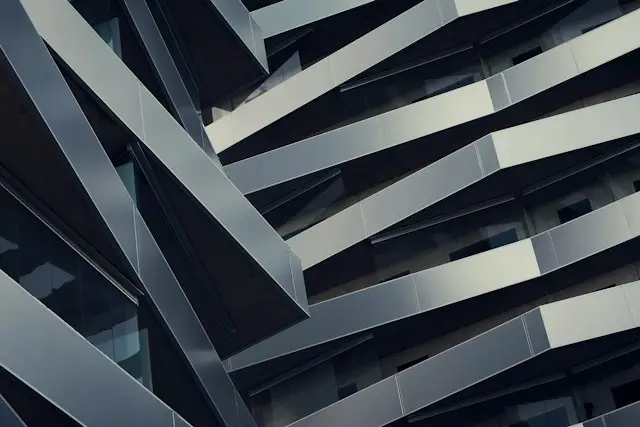
Imagine stepping into a city where the architecture is a tapestry of stories, woven from threads of history and culture. Cirebon, a port city on the north coast of Java, Indonesia, is just that—a place where buildings are not merely structures but narrators of the past. As I meander through its streets, I can’t help but be captivated by the evolution of its architecture, a blend of influences that tells the tale of a rich and diverse heritage.
The Dawn of Cirebon’s Architectural Journey
The story of Cirebon’s architecture begins with the early Sundanese and Javanese influences, evident in the traditional vernacular houses known as ‘rumah panggung’ with their distinctive raised platforms. These wooden structures, designed to combat the tropical climate, were the seeds from which the city’s architectural landscape grew.
Colonial Imprints on Cirebon’s Cityscape
As European powers set their sights on the archipelago, Cirebon’s architecture began to morph. The Dutch colonial period introduced brick and mortar, changing the skyline with sturdier, more permanent buildings. The European style was unmistakable, with the grandeur of colonial mansions and administrative buildings adding a new layer to the city’s architectural identity.
The Royal Influence: Palaces that Speak Volumes
No discussion of Cirebon’s architecture would be complete without mentioning its palaces, or ‘keraton’. These are not just royal residences; they are cultural hubs that encapsulate the city’s history. The Keraton Kasepuhan, with its opulent blend of Sundanese, Javanese, Islamic, and even Dutch elements, stands as a testament to the city’s multifaceted past.
Religious Architecture: A Confluence of Beliefs
Cirebon is a melting pot of religions, and this is vividly reflected in its religious buildings. The Great Mosque of Cirebon, Masjid Agung Sang Cipta Rasa, is a prime example. It showcases a fusion of Islamic and local design, with a tiered roof that harks back to Hindu-Javanese aesthetics—a symbol of Cirebon’s syncretic culture.
Modern Times: The New Chapter in Cirebon’s Architectural Saga
Fast forward to the present, and Cirebon is embracing modernity while honoring its roots. Contemporary buildings stand shoulder to shoulder with historical structures, creating a cityscape that’s a dialogue between the past and the future. The use of glass and steel in new constructions reflects global trends, yet traditional motifs and designs are often incorporated, ensuring the city’s soul remains intact.
Preservation Efforts: Safeguarding Cirebon’s Architectural Heritage
Thankfully, there’s a growing awareness of the importance of preserving Cirebon’s architectural treasures. Restoration projects are breathing new life into ancient buildings, allowing them to stand proud as emblems of the city’s storied past. It’s a delicate balance, maintaining the old while making way for the new, but Cirebon is doing it with grace.
FAQs
- What makes Cirebon’s architecture unique?
Cirebon’s architecture is a unique blend of Sundanese, Javanese, Islamic, Dutch colonial, and modern influences, reflecting its rich history as a cultural and trading hub.
- Can visitors tour the historical buildings of Cirebon?
Absolutely! Many of Cirebon’s historical buildings, including the royal palaces and the Great Mosque, are open to the public and offer a glimpse into the city’s architectural evolution.
- Are there any efforts to preserve Cirebon’s architectural heritage?
Yes, there are several preservation and restoration initiatives aimed at maintaining Cirebon’s historical buildings, ensuring that the city’s architectural legacy continues to be celebrated.
Conclusion
In conclusion, Cirebon’s architecture is a living chronicle of its history. From the traditional ‘rumah panggung’ to the majestic keraton and the colonial edifices, each structure tells a story of cultural confluence and transformation. The city’s commitment to preserving its heritage while embracing modernity ensures that its architectural narrative will continue to evolve. For those of us who’ve walked its streets and experienced its buildings firsthand, Cirebon’s architectural journey is a testament to the city’s resilience and its ability to adapt while honoring its past. It’s a rich tapestry that continues to captivate and inspire, making Cirebon a must-visit for anyone interested in the architectural wonders of Indonesia.
As we look to the future, Cirebon’s architecture will undoubtedly continue to reflect its dynamic spirit. It’s a city that has mastered the art of blending the old with the new, creating a skyline that’s as diverse as its people. For those seeking to understand the essence of Cirebon, look no further than its buildings—they are the silent narrators of a history that’s as intricate as it is beautiful.